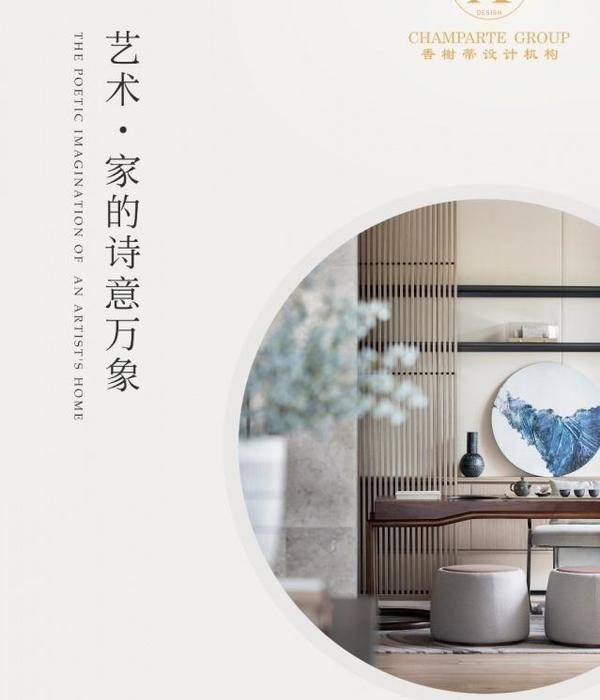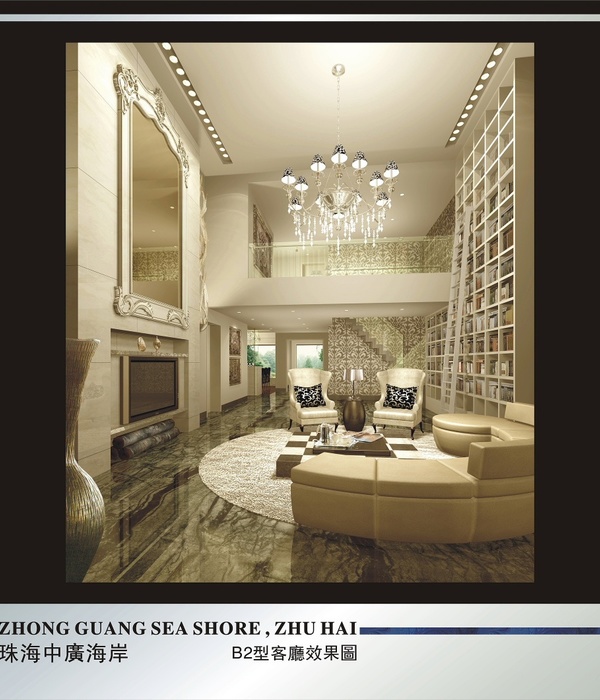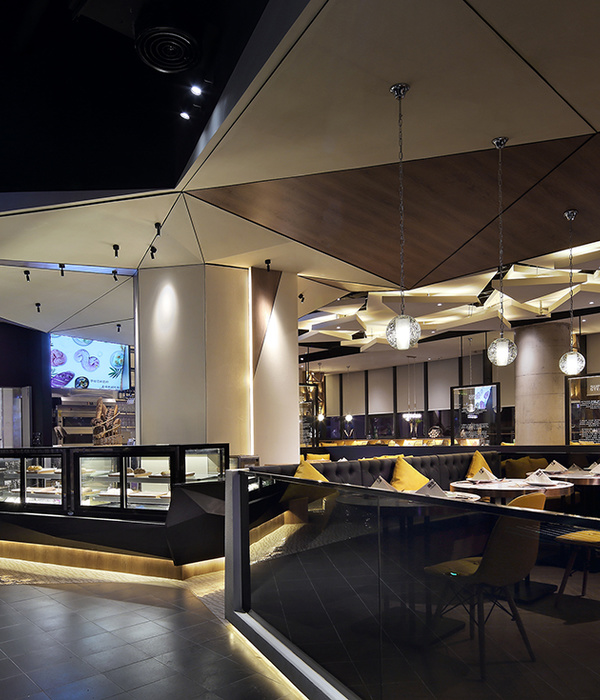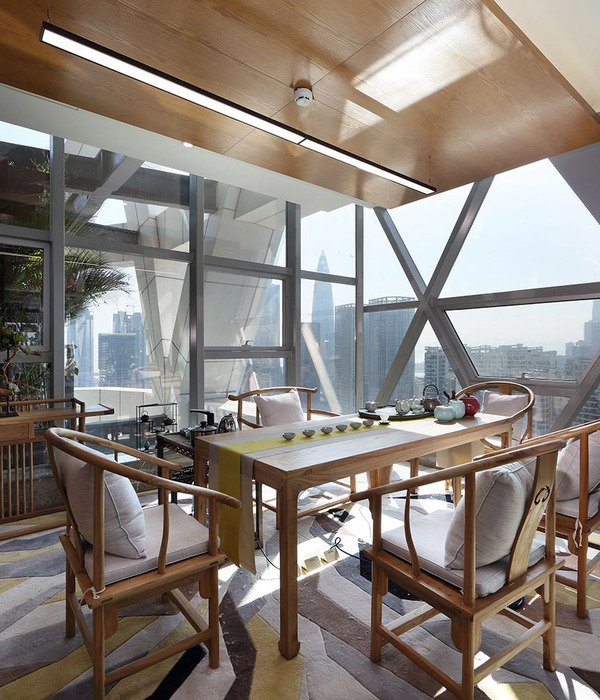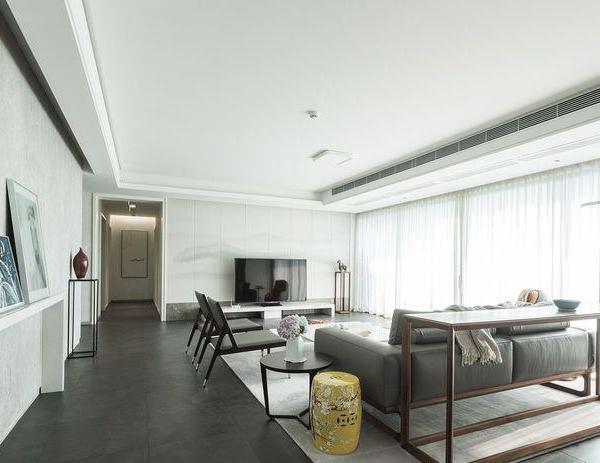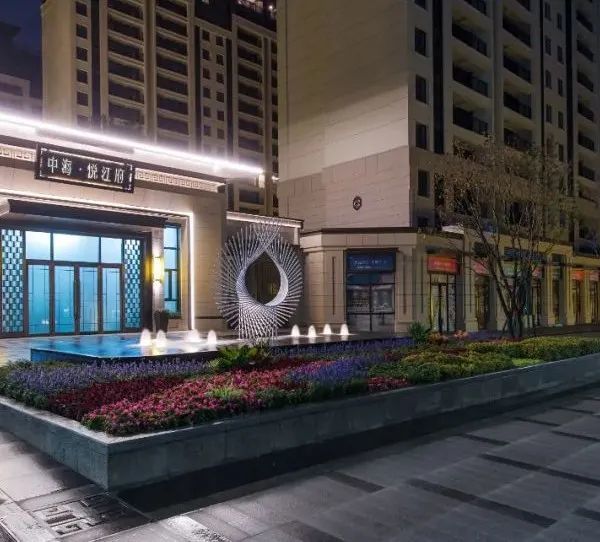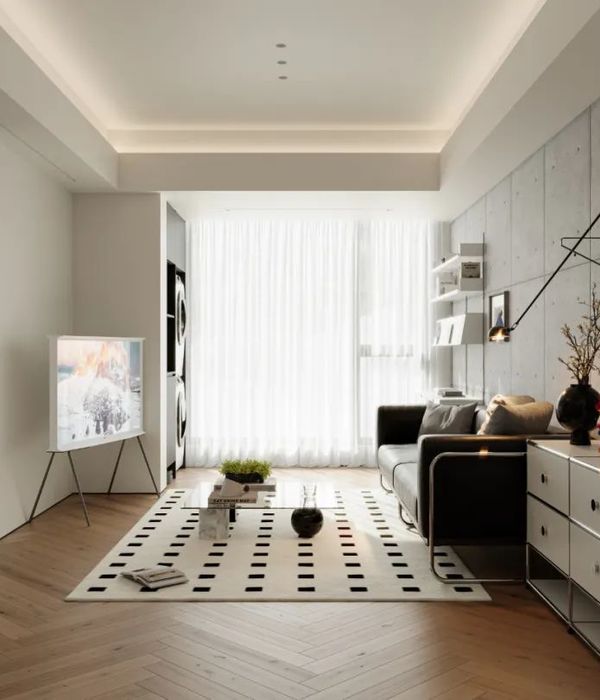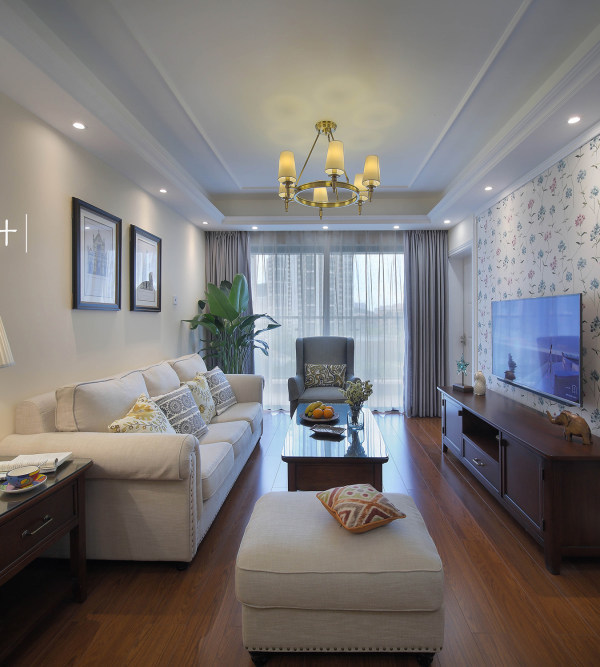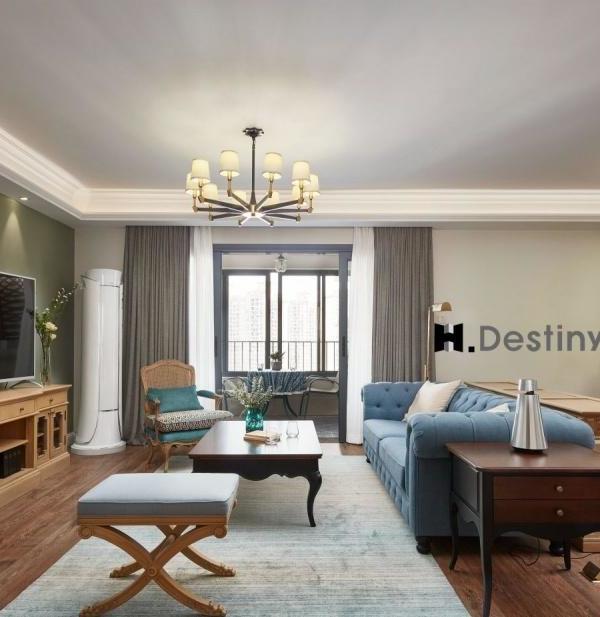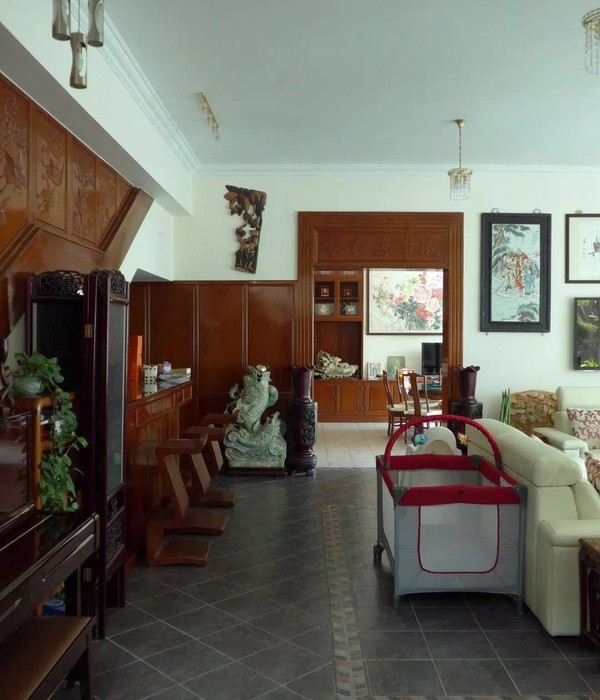非常感谢设计方
Dick van Gameren architecten
Appreciation towards
Dick van Gameren architecten
for providing the following description:
From a sailing trip around the world to a dream villa in the Gooi region Architectural design & sustainability join forces in Villa 4.0 – The Netherlands When the client set off with his family on a round-the-world sailing trip in 2007, he had no idea that this would lead him to the villa in which he lives today. Daily life on board ship was quite different from that on land: you had to generate your own electricity, make potable water with a watermaker, separate waste products down to the smallest scale and of course exploit the wind for travel purposes. All at once, things he and his family had scarcely considered on land became crucial matters. Back in the Netherlands, this fact of automatically considering aspects of sustainability became the springboard for their new house: Villa 4.0.
In the leafy Gooi region around Hilversum they found an attractive plot of land containing a simple bungalow dating from 1967 on a hexagonal ground plan. This became the stepping-off point for a major building project involving many specialists and with sustainability taken up in the plans wherever possible. So instead of demolishing the bungalow – which had already been radically altered in 1972 and 200l – it was to be recast. The reuse principle is also in evidence in the garden design; trees and bushes have been replanted to fulfil a new duty in the garden and felled trees are stored away as firewood for the high efficiency wood burning stove in the kitchen. Heat pump, solar boiler and LED lighting are among the energy-efficient solutions deployed for handling all the big energy consumers, from heating, cooling and hot water to electricity. Some are feats of technology, others are proven yet largely forgotten solutions such as a clothes horse for drying clothes or a bicycle as the principal means of transport.
Design
The house has now been given its fourth look. Dick van Gameren Architecten was commissioned for the design, the principle guiding this most recent intervention being to create a house that is much more sustainable and able to reinstate the lost relationship between it and the landscape.
Sustainability – Dick van Gameren Architecten kept as close as possible to preserving the existing house, which gave the first step towards a sustainable end-result. Taking the existing structure as the basis, the outer walls and roofs were modernized by adding insulation and replacing all windows and larger areas of glazing. The walls in the central section of the house were removed to create a new living hall looking out onto the surroundings on four sides. In addition, the physical bond between house and landscape has been consolidated by an all-glass pavilion attached to the living hall that reaches out to the brook flowing past the house.
Interior
The client desired a timeless interior. To this end the IDing interior design firm took ‘interior follows exterior’ as its stepping-off point and gave most of the rooms concrete floor slabs. This is because of that material’s durable and maintenance-friendly quality but also because it weds well with the finish of the external walls. Expansion joints made in the concrete floor continue the direction taken by the walls both inside and out onto the concrete paths in the garden. This strategy picks out the sight lines in interesting ways. The corners between walls, the kitchen, the sunken sitting area and the desk in the study all follow the architecture of the bungalow.
The harmony between internal and external space was a key design determinant, particularly in terms of colour, sight lines and lighting. Besides the aforementioned expansion joints many natural colours have been applied to ensure the house’s sense of timelessness. Exceptions to this are the natural wool felt upholstery of the settee in the kitchen and the sunken sitting area in the living room, which are a mass of colour. Curtains, all of which can be drawn up into rails in the ceiling, are in neutral tints.
Sustainability informs as much as possible of the interior. Thus, the kitchen boasts an ecological, high efficiency wood stove which after two heating sessions of 1.5 hours provides 24 hours of agreeable warmth. Not just that, the stove achieves low emission at high temperatures.
The bedrooms have bamboo floors as a sustainable alternative to wood. Bamboo was chosen because it is a rapidly lignifying grass of extremely fast growth and therefore far more sustainable than any wood type.
All lighting inside the house is LED based. Once again this choice is informed by sustainability; a LED lamp lasts roughly 50 times as long as an incandescent lamp and consumes about 90% less electricity.
Landscape
Like all the other specialists, landscape architect Michael van Gessel drew inspiration from the existing situation: magnificent beeches on the high-lying avenue, their branches reaching far across the steep slope, the garden’s choice position directly along the brook and several magnificent trees and shrubs round the house inspired him to draw up a new garden design whose reuse of existing plants and trees accorded well with the wishes of the client.
The special areas of the garden have been emphasized to the full by removing all extraneous elements – conifers, the many maples, low shrubs and the bare slope – to make room for a large lawn and a generous planting or replanting of perennials and flowering shrubs along the property boundary. Throughout the year, the garden presents an ever-changing though always ‘natural’ picture with a wealth of flowers and leaf shapes appropriate to both the underlying principle and the changing orientation to the sun.
A salient detail is that a large oak has been planted in the patio of the house. This makes it seem as if the house has detached itself from the edge of the woods to move into the open space in full view of the sun.
Like the floor of the house the hard landscaping – entrance, parking and terraces – consists of large slabs of helicoptered concrete so that house and garden, inside and outside, flow one into the other as if it were the most natural thing.
Villa 4.0 took two years to design and build and has now been appropriated by the client.
当业主在2007开始全家的环游世界航海旅行时,他不知道这会为今天别墅生活带来什么影响。在海上,会将水电的消耗降至最低,并且要善于废物利用。现在,他们的新别墅4.0已贯彻这一可持续性思想。
位于风景优美之地的这个别墅从1967年至今已经历过三次扩建。这次的扩建也将花园重新设计,增添了一些植物,并将砍伐的植物作为柴薪使用。设置地源热泵,太阳能锅炉,LED照明,全局的电气节能部署,还使用传统晾衣方式,以及自行车作为交通工具。彻头彻尾的贯彻可持续性。多次的扩建使得建筑越来越庞大,变得越来越封闭。扩建的“翼”以门厅还有生活区紧密的围绕着住宅的中心,并与周围景观没有什么联系。前几次的改造尊重最初的细部设计和材料形式,但是现在看起来过时并且质量不高。因此在这第四次改建时,建筑师要让这个宅子具备可持续性同时与环境融为一体。第一步是尽可能的保持现有住宅。以现有结构为基础,增加隔热层和替换所有窗户和玻璃,给外墙和屋顶增加绝缘层以符合现有标准。打通中心墙体形成一个开放,融入环境的起居室。在起居厅傍边探出的玻璃凉亭与小溪相邻,更是强化了住宅和景观的联系。
室内采用了加强混凝土板,这个材料经久耐用,维护方便。同时这个材料也是建筑的主材。整个建筑中的混凝土地板的伸缩缝也经过设计。同时内外的和谐感也是建筑师考虑的重要因素,主要体现在色彩,视线,照明上。大量运用在室内窗帘,沙发上的中性色彩更是加强了住宅的永恒感。
厨房拥有生态高效的火炉,短短几小时的加热就能维持房屋24小时的供暖。卧室的地板为竹木地板,竹子是非常环保的生态材料。基础照明采用LED灯,其寿命是白炽灯得50被,但是耗电量只有其10%。
景观设计上,远处山坡高大的山毛榉,小溪和庭荫树给了设计师灵感,他利用这些原有植物让景观焕发出生机。一些多余的针叶树,枫树,灌木还有裸露的坡地被去掉,取而代之是多年生草本及花灌木。院子一年四季都会鸟语花香,千变万化。房子的小中庭里有颗大橡树,它在庭院之上伸展开枝杈,迎向阳光。
入口通道与室内保持一致,也是混凝土板,看上去就像是从房间中自然流淌出来般。这个别墅花费两年时间设计和建设,如今业主已在这里欢乐的生活。
Photography: Marcel van der Burg
MORE:
Dick van Gameren architecten
,更多请至:
{{item.text_origin}}

